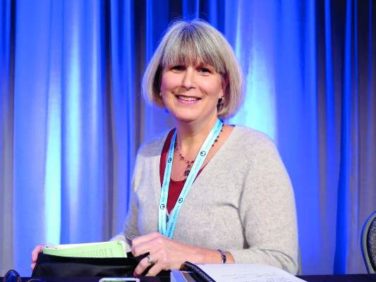FROM MMWR
The percentage of reproductive-aged women who filled a prescription for an attention-deficit/hyperactivity disorder (ADHD) medication rose by 344% from 2003 to 2015, according to the Centers for Disease Control and Prevention.
In 2003, 0.9% of women aged 15-44 years with private employer–sponsored insurance filled a prescription for an ADHD medication. By 2015, that figure had gone up to 4.0% for an increase of 344% that was unevenly split by medication class: prescriptions for stimulants were up by 388%, but nonstimulants had no change, wrote Kayla N. Anderson, PhD, and her associates in the Morbidity and Mortality Weekly Report .
Changes by age group also varied considerably. The youngest age group, 15-19 years, had the smallest increase at 170%, and the 25- to 29-year-olds had the largest increase at 700%. Regional increases in ADHD prescriptions, however, were quite consistent: the South was up 380%, the West rose 333%, and the Midwest and the Northeast both climbed 300% from 2003 to 2015, the investigators said, citing data from the Truven Health MarketScan Commercial Database.
“The substantial increase in the percentage of reproductive-aged women filling ADHD medication prescriptions from 2003 to 2015 … is of public health concern given the high percentage of unintended pregnancies and uncertainty concerning the safety of ADHD medication exposure before and during pregnancy,” they wrote.
This analysis was restricted to women with at least 11 months of enrollment in a private health insurance plan that included prescription drug coverage during the year of interest. The sample included a median of 4.6 million women each year.
SOURCE: Anderson K et al. MMWR. 2018 Jan 19;76(2):66-70.




